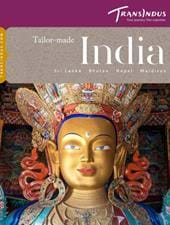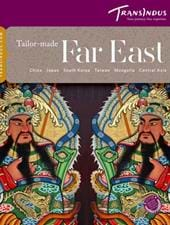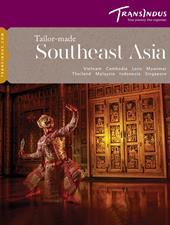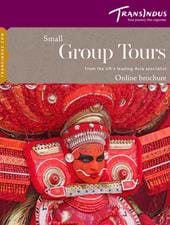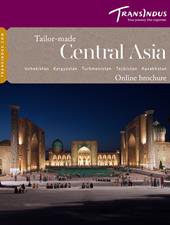Modern China straddles vastly different worlds, and nowhere exemplifies this better than the southwestern provinces of Yunnan and Guizhou, which together hold the largest number of minority groups in the country. The region’s rugged terrain explains why traditional ways of life have survived here as robustly as they have. Despite having been suppressed by the Red Guards in the 1960s, many are today experiencing a revival thanks to tourism.
Minority cultures range in size from a few hundred thousand to several million, but all retain their own languages and dialects, religious rituals, festivals, arts, crafts and – most conspicuously – traditional forms of dress. The Miao are the most vibrant of all, thanks to the colourfully embroidered clothes and silver jewellery worn by the women. Dispersed across southern Yunnan and Guizhou, they tend to be categorized into subgroups according to their attire: ‘Flowery Miao’, ‘Red Miao’, ‘Black Miao’, ‘Short-Skirt Miao’ and ‘Long-Skirt Miao’ being the main groups.
Further north, around Dali and Lake Erhai, the principal minority are the Bai people, whose traditional dress consists of long-sleeved white shirts (‘Bai’ translates as ‘white’ and is regarded as a mark of purity) worn with elegant sleeveless jackets, baggy blue or black trousers and elaborate headgear. They are equally famous for their tea ceremony, san dao cha, which consists of three rounds: one bitter; one sweet; and the third, featuring slices of Sichuan pepper, cassia, ginger and honey, for ‘reflection’.
Equally arcane and culturally sophisticated are the traditions of the Naxi, who live mostly around Lijiang in Yunnan. Descended from Tibetan traders who entered the region more than a thousand years ago, the Naxi practise their own unique Shamanic form of Buddhism called Dongba, based around obscure divination rites. While exploring the villages you’ll occasionally come across a resplendently costumed Oracle, wearing flowing applique robes and striking crown with a flute in his hand. Drawn from traditions of the Han and Tang Dynasties, music is central to Naxi life. One of the great experiences of Lijiang is attending a performance by a local Dongjing orchestra, with its ensemble of ancient instruments.
In recent decades, fascination has grown in mainstream China for such exotic spectacles, and tourism in some minority regions has become big business. However, our local guides know how to sidestep the commercialized villages in favour of more authentic ones where TransIndus clients can visit traditional family farmsteads, share meals, help in the fields and, if desired, overnight in simple homestays for a more authentic experience of minority life.

